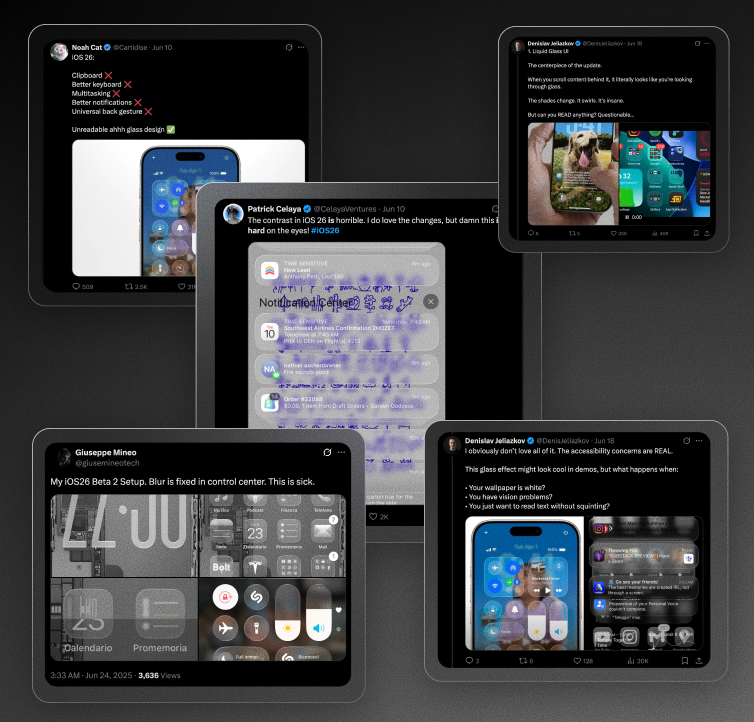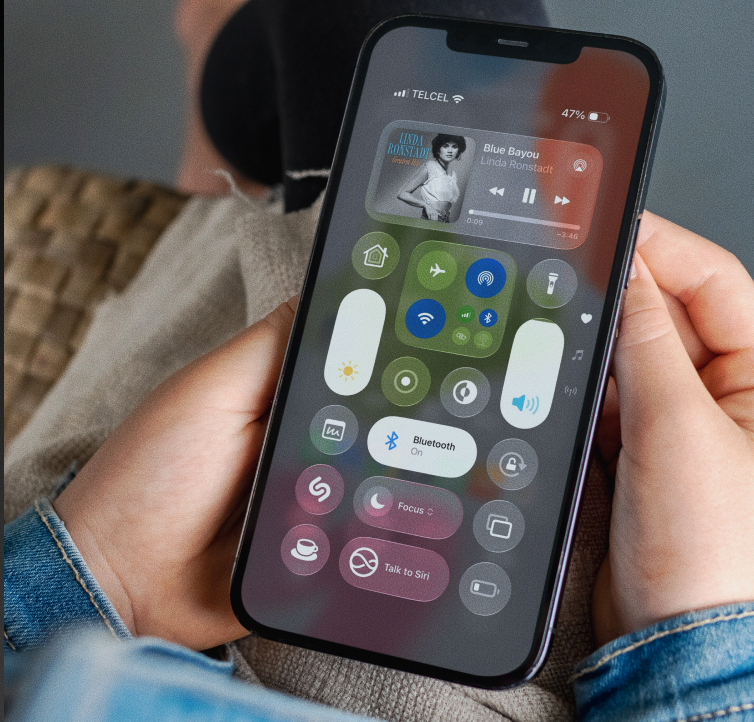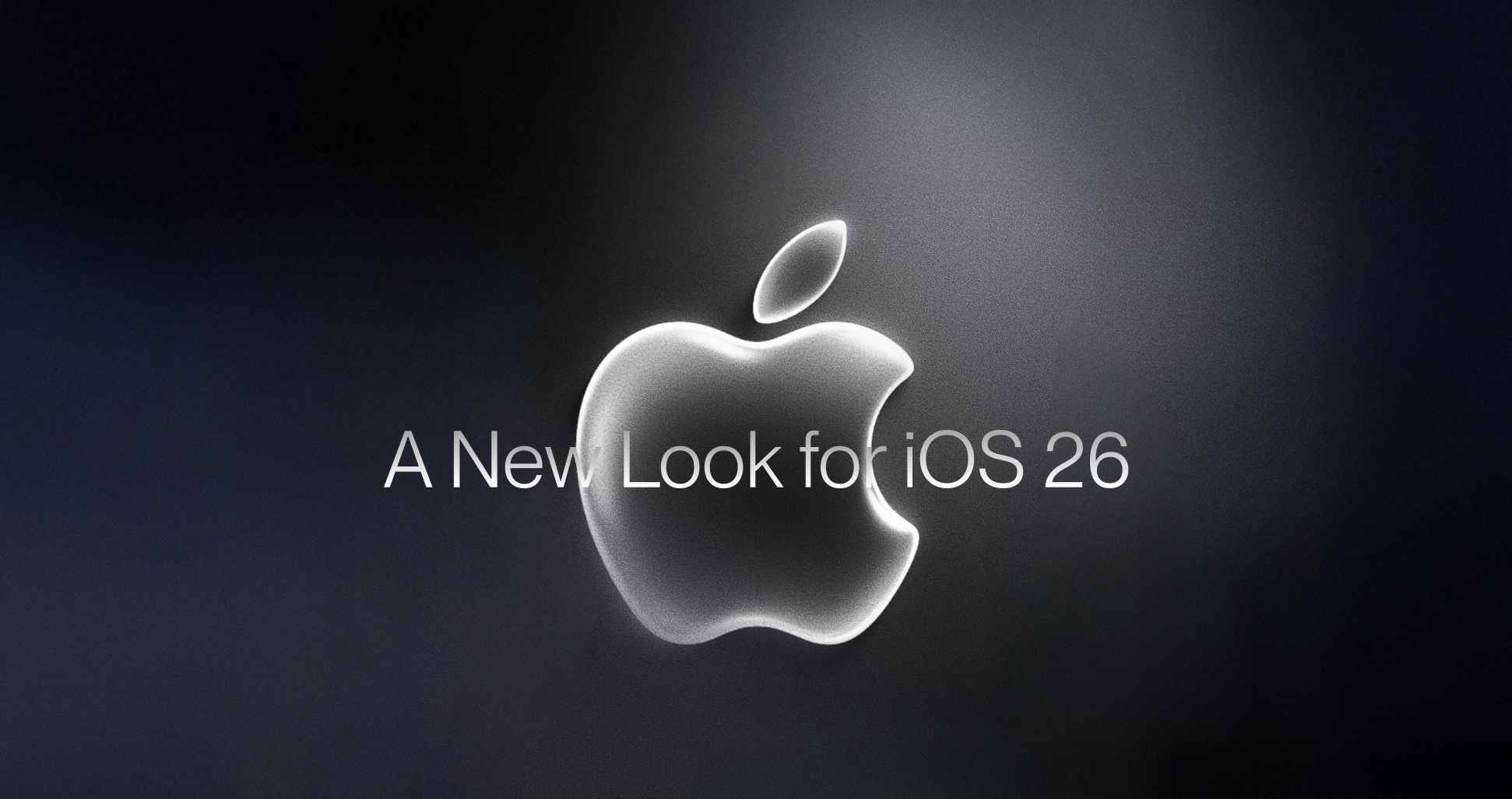
Liquid Glass, a consistent design across all platforms makes content stand out and feel more dynamic.
On June 10, 2025, Apple announced a fresh design direction called Liquid Glass that will appear across all their devices. This new interface looks reflective and transparent, almost like real glass, and responds dynamically to on-screen movements in real time. Liquid Glass is planned to shape everything from buttons and media controls to larger elements like sidebars. Apple has also opened new Application Programming Interfaces so developers can start bringing this material effect into their apps when the updated software launches next year.
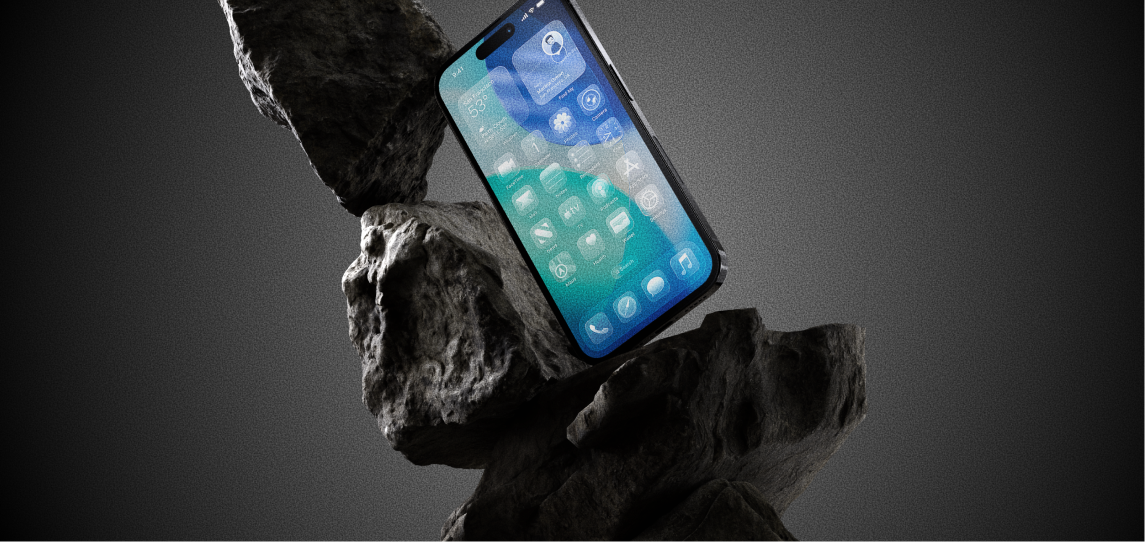
Design That Divides Opinion
At first glance, Liquid Glass feels like a breath of fresh air in a UI world that has long leaned on flat, static design. Its layers, transparency, and subtle motion create a sense of depth that many find refreshing and premium. The Beta 2 release of iOS 26 has given people a chance to test this new look in the wild, and the reactions so far show a mix of excitement and caution.
Many users are drawn to the modern, layered feel and the way interface elements float and shimmer just beneath the surface. Screenshots and first impressions have spread quickly across social media, with plenty of praise for how expressive and bold this design direction feels. Some even call it one of Apple’s most visually striking updates in years.
Still, every fresh visual language invites the same timeless question: does this beauty hold up when real people use it every day? Early feedback highlights that some text can become harder to read when layered over transparent backgrounds. Some elements can blend together too much, especially in low-contrast situations. A design that impresses at first glance can reveal small usability pains over time. This is the real tension designers face when form pushes forward: where does beauty end and usability begin?
The Aesthetic-Usability Effect
Designers know the principle well: “Attractive designs feel more usable — until real use begins.”
Liquid Glass delivers a premium look and feel, but as people spend more time with it, they notice what needs fine-tuning. Some find readability drops in certain contexts. Others see elements merging together, making it hard to find what they need quickly. A few users even mention mild eye strain during longer sessions. None of this means the design has failed. It simply shows where thoughtful tweaks could help. This is exactly what the beta period is for.
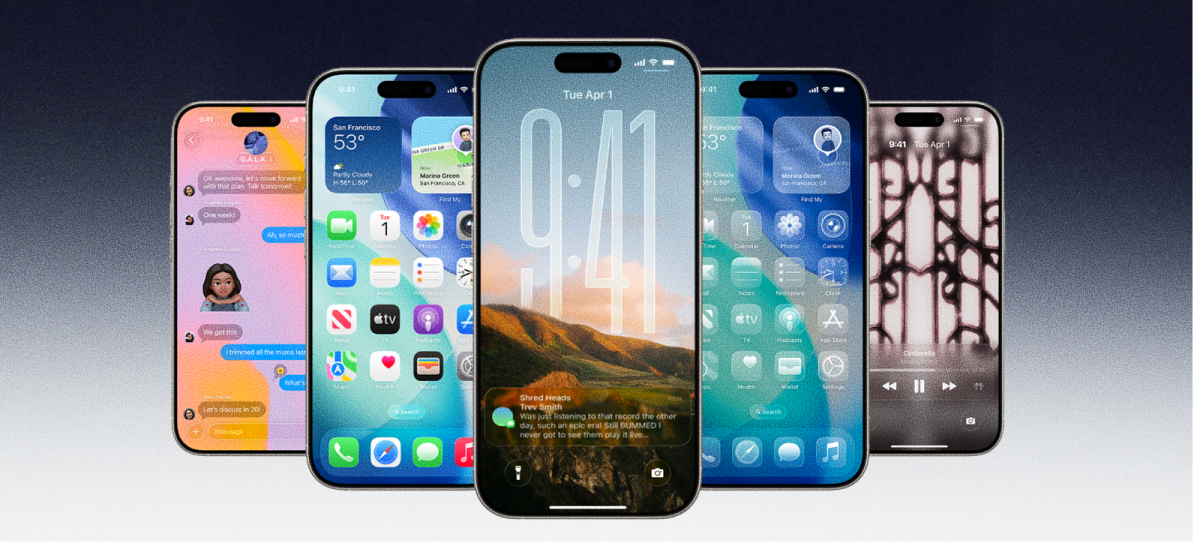
Testing Visual Hierarchy
Have you ever tapped the wrong button because everything looked the same? Good interface design quietly guides your eyes to the right place, instantly. When a UI becomes heavily layered, animated, or transparent, that focus can take longer to find.
Liquid Glass seems to be testing just how subtle a design can get while still helping people focus. Is it working as intended? That depends on the context — and the user.
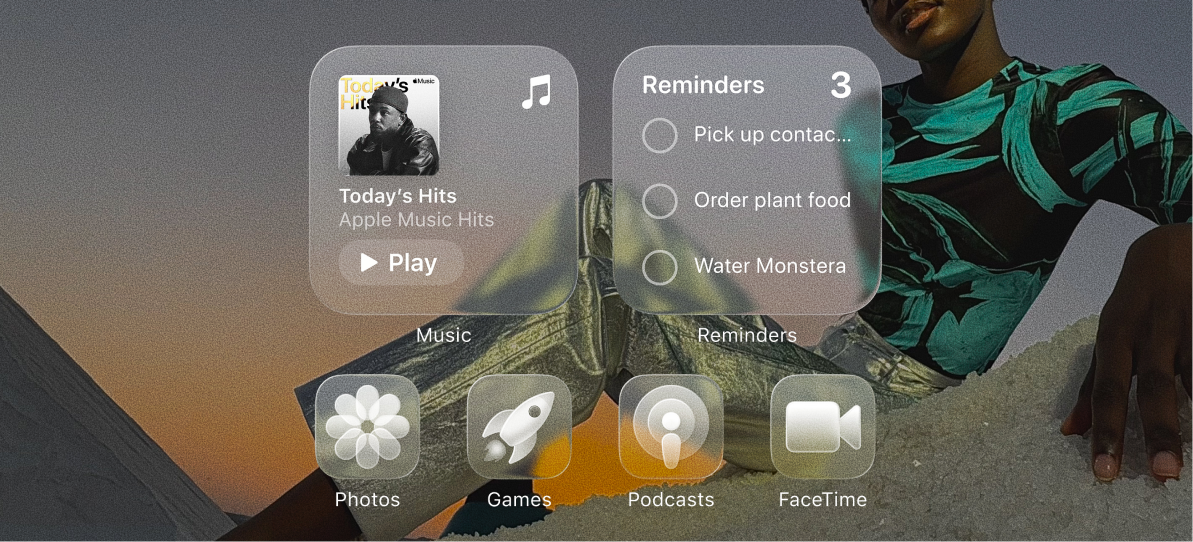
Cognitive Load
Every shimmer, movement, and layer adds to what designers call cognitive load — the mental effort it takes to process what you see on a screen. Dense visuals, constant motion, or low contrast can make your brain work harder. At first, the look might feel impressive. But during longer use, it can feel tiring. This is why honest feedback is so valuable. It shows where designers can balance the experience, ensuring that clarity and delight work together.
What Comes Next?
It is not just about how an interface looks. It is about how users experienced. For some, this feels like a refreshing step forward in modern interface design. For others, it raises thoughtful questions about legibility, structure, and day-to-day practicality. That is the interesting part because everyone experiences design a little differently.
At Wondertabs, we watch shifts like this closely. We believe trends like Liquid Glass will keep evolving, be refined by feedback, and perhaps influence how we all shape digital experiences in the years ahead.
What works well? What still feels like it is finding its place? Everything learned today will help shape what comes next.


.svg)






